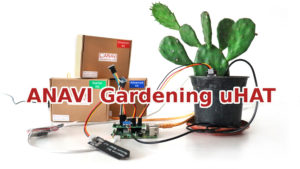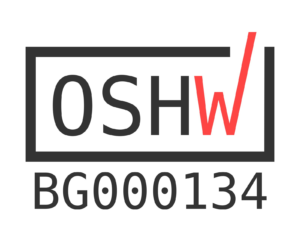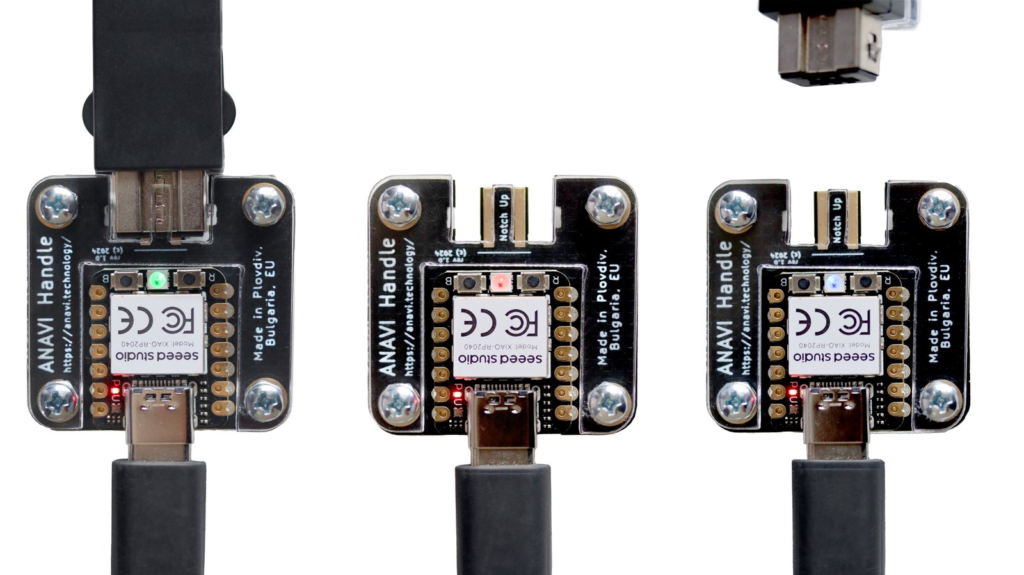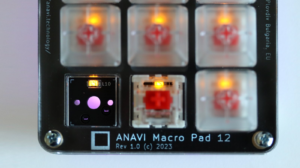
We are pleased to announce that all ANAVI Miracle Emitter kits have been successfully shipped to the Crowd Supply warehouse. Our crowdfunding campaign concluded successfully on May 29, 2025. Over the coming weeks, all backer orders will be processed through Crowd Supply’s fulfillment system and prepared for final delivery.

ANAVI Miracle Emitter is a compact, open-source Wi-Fi and Bluetooth development board, powered by the ESP32-C3 microcontroller running at 160 MHz with a RISC-V architecture. Designed for controlling addressable 5 V LED strips such as NeoPixels, it supports power input via the onboard USB Type-C port or an external power source.
Each kit is thoughtfully packaged in an eco-friendly cardboard box made from recycled materials, reflecting our ongoing commitment to sustainability and responsible packaging.
Thank you for supporting our open-source projects! If you haven’t yet ordered an ANAVI Miracle Emitter, there is still time: availability will continue through Crowd Supply. Over the time we will try to provide it also through other distribution channels. Stay tuned for more technical updates, and we hope you have a fantastic experience with your new ANAVI Miracle Emitter kit!











































